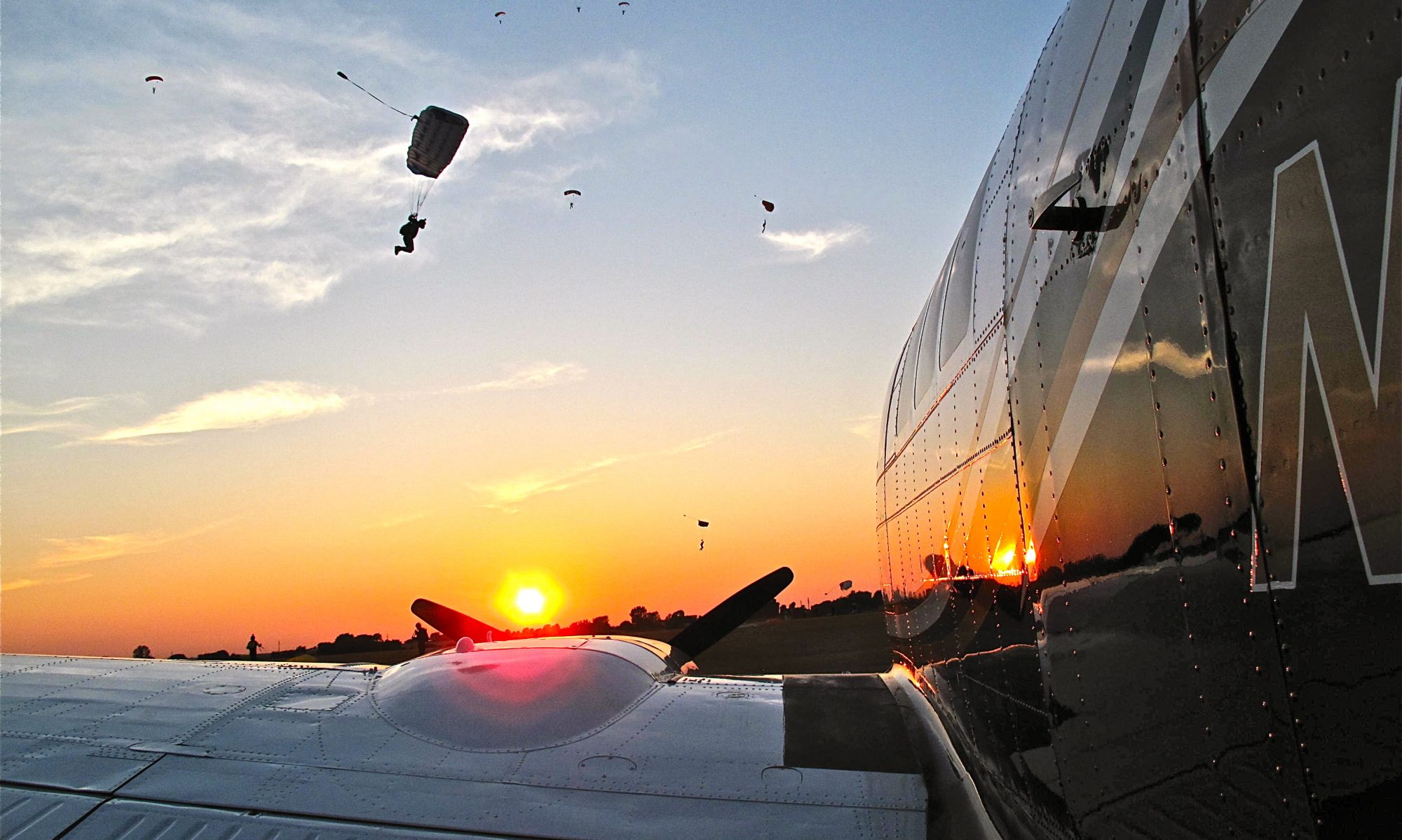A few days ago I wrote post about my decision to buy a Spot Tracker GPS locating device. I was as giddy as a school girl with my new toy. Over the last two years I’ve had a spot racker with me on all most of my ferry flights because either my co-pilot or the cameraman in the back had one with. The Spot Tracker worked great for us. We gave the code to our friends, family and the people at the office who were able to track our progress as we flew around the world. All anyone had to do was log into the web site and they could track our progress in almost real time. The Spot Tracker seemed magical and without doing any research I went out and bought one. I was so proud of myself. Then I got a comment from an occasional reader who pointed out what a moron I was. He was a lot more polite that than that but he was right. Instead of a Spot Tracker what I really needed was a personal locator beacon or PLB. A PLB sends out a GPS signal like the spot tracker but does it faster and more accurately. It also sends out a powerful 121.5 MHz signal which allows search and rescue to home in on you when they get close, something that might come in handy when I’m sitting in a raft in the middle of the Atlantic, at night, in heavy seas, in the winter. Tell me again why I do this job? So I’m taking the Spot Tracker back to the store and picking up a PLB. But I still hope it’s a complete wast of money.


Good to hear, this is a better solution to help you survive if you ever have a really bad day. I suspect that many of the aircraft you and your readers fly still have legacy 121.5mHz ELTs rather than modern 406mHz satellite ELTs. This is especially important now that the SARSAT system doesn’t monitor 121.5 for distress alerts. This will give you the access to the best SAR alerting and location technology even if the aircraft has dated technology.
Be sure to register your PLB online with NOAA. You can update your beacon registration with extra information before big ferry flights so that the authorities will have detailed information if your beacon is triggered. Having reliable people knowledgeable about your trip, aircraft, and survival equipment listed as emergency contacts is to your benefit.